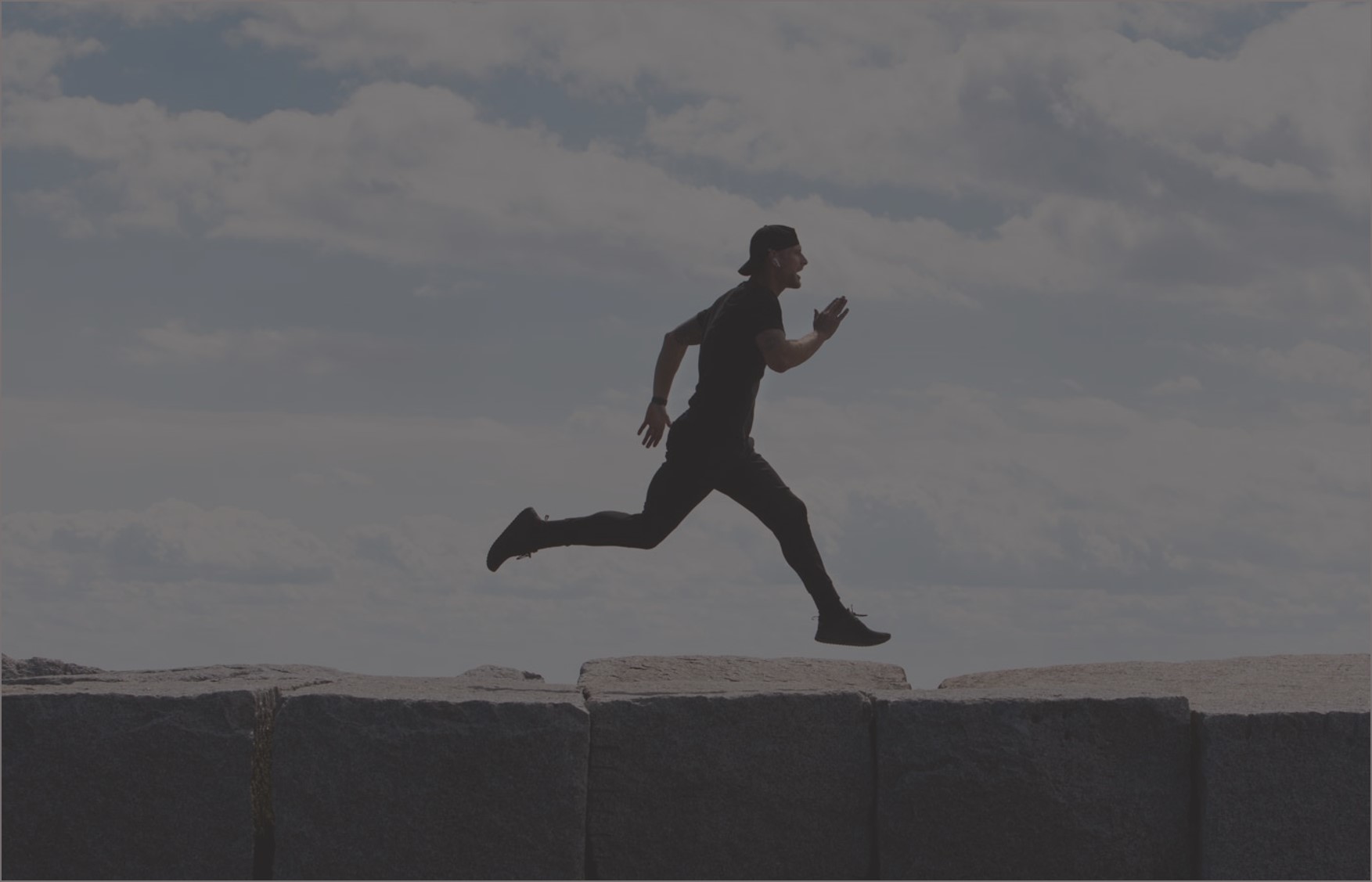On first thought, one might not consider cannabis as part of the ideal pre- or post-workout regimen. But prevailing cultural attitudes on cannabis are changing, and the stereotype of the inactive, lazy cannabis user is disappearing. Even famous professional athletes have voiced their preference for using cannabis, such as Michael Phelps, Eugene Monroe, Riley Cote, and Ronda Rousey. The American Bar Association reports that a significant number of sports professionals have called on leagues to remove cannabis from the list of prohibited substances. As cannabis becomes a larger part of the athletic world, users are questioning the effect cannabis use has on their fitness goals.
How Cannabis Affects Exercise
Cannabis is widely recognized for its relaxing and stress-relieving properties, which may seem counterintuitive to a vigorous session at the gym. An often-cited 2019 study by the University of Colorado Boulder had some surprising findings. In the survey of 605 cannabis users across five states that permit cannabis for adult use, 80% of users said they use cannabis shortly before they work out and 67% said they use it both before and after. The participants who reported consuming cannabis less than an hour before working out or fewer than four hours after working out reported getting more than 40 minutes of exercise more a week than those who did not use it around training time. Additionally, more than half of participants claimed that cannabis actually made them more motivated to work out, nearly 80% said it helped them recover after working out, and 70% claimed it made working out more enjoyable overall.
Cannabis and inflammation
Another consideration is cannabis’s anti-inflammatory properties that could reduce exercise-induced pain and swelling. A study published in Pharmacological Research in February 2011 on endocannabinoids and immune regulation found that both THC and CBD could affect immune functioning to cause an anti-inflammatory response. This could explain why participants in the 2019 University of Colorado Boulder study exercised more than the rest of the population on average.
Cannabis’s effect on muscle growth and recovery
There is significant interest in the relationship between cannabis and muscle growth, and research on the topic dates back to a 1975 study published in The American Journal of Drug and Alcohol Abuse. In this publication and others performed in the 1980’s and ‘90’s, researchers found no evidence of a measurable hormonal response to cannabis. Testosterone is a hormone that promotes muscle growth and recovery, and most rigorous studies on the topic indicate a negligible relationship between cannabis and testosterone.
In contrast to these findings, an 1983 study found that THC depresses testosterone levels in males, and takes a full day for testosterone levels to normal:
“Clinical studies have given contradictory reports on the effect of smoking marijuana on the plasma levels of testosterone in males. A reanalysis of existing data established that testosterone levels are depressed both after smoking one marijuana cigarette and after intravenous infusion of delta-9-tetrahydrocannabinol, a pharmacologically active component of marijuana. Simulation of the marijuana interaction, under the assumption that delta-9-tetrahydrocannabinol inhibits testosterone production or secretion, suggests a minimum of 24 hours are required for testosterone to return to pre-smoking levels.” – Effects of Marijuana on Testosterone in Male Subjects, G. Barnett, C. W. Chiang, V. Licko
Older studies have conflicting findings on whether cannabis influences muscle growth or not. There are several variables to consider in these studies, such as means of consumption, the cultivars used in the studies, and the dosage. Cannabis science has advanced since then with the discovery of the endocannabinoid system, and the intricacies of cannabis’s effect on muscle growth needs more research. As more states and countries delve into the science of cannabis, we can expect more discoveries in this field.
Cannabis’s anti-inflammatory and stress-reducing properties may promote muscle recovery, but more research is needed. A 2020 study on cannabis and CBD indicated more well-controlled studies are needed for conclusive evidence that cannabis helps with muscle recovery after a workout.
Cannabis and increased heart rate
It’s important to note, however, that 40% of the participants in the University of Colorado Boulder survey who used cannabis during their workout reported experiencing higher than usual heart rates and some reported feeling disoriented, with concerns about their safety. Dr. Gary Starr, MD, medical director of FOCUS, an international non-profit working toward developing cannabis quality management standards, says this is not a surprising report. “Marijuana is known to cause tachycardia—or an increased heart rate,” he explains. “In people with underlying heart disease or problems with heart arrhythmias, consuming marijuana could potentially put them at risk for heart complications.”
If cannabis causes feelings of panic or disorientation during your workout, there are plenty of methods to alleviate your anxiety.
Cannabis affects different people differently, and no two cultivars are identical. The effects of cannabis vary from person to person and cultivar to cultivar, so there is no universal effect when it comes to cannabis and exercise. If you are considering introducing cannabis into your workout regimen, be sure to use small amounts until you get an idea of how cultivars and dosage affect your experience.
Cannabis Use in Professional Sports
Drug use in professional athletics has long been banned, but with the growing public acceptance of cannabis (and more states legalizing medical and adult use cannabis), many athletes, such as Kyle Turley, Riley Cote, Jake Plummer, and Bill Walton, are calling for professional athletic associations to remove cannabis from their list of banned substances. It seems like all these factors are making their case, as the National Hockey League (NHL), National Football League (NFL), and Major League Baseball (MLB) have all eased their restrictions on cannabis.
Easing cannabis policies in professional sports
The NHL no longer imposes penalties for players who test positive for cannabis on drug tests. In 2019, the NFL agreed to begin studying cannabis and its benefits as a pain management tool after current and former NFL players advocated their preference for cannabis over anti-inflammatory drugs and addictive painkillers. The NFL is also considering changes to its policies for players who test positive. Similarly, the MLB also removed cannabis from its prohibited substances in 2019, but players remain subject to discipline for cannabis use. The league has been very clear with warnings to athletes about showing up to practice or games after consuming cannabis.
The only league that seems to be holding onto its historic views is the National Basketball Association (NBA). Cannabis remains on the NBA’s list of banned substances and players are still subject to random tests and punishments that range from required drug programs and fines to suspensions.
But team sports leagues aren’t the only place that cannabis restriction is being challenged by the athletes. Former Ultimate Fighting Championship (UFC) fighter Ronda Rousey has been very outspoken in her belief that banning cannabis from any professional league is unnecessary. Her public comments came after fellow UFC fighter Nick Diaz was suspended from competing for five years after testing positive for cannabis in 2015. Rousey said, “I’m sorry, but it’s so not right for him to be suspended five years for marijuana. I’m against testing for weed at all. It’s not a performance-enhancing drug. And it has nothing to do with competition. It’s only tested for political reasons.”
Shifts in Cannabis and Gym Cultures
Cannabis use among gym-goers may be contrary to common cultural stereotypes, but these misconceptions are becoming a thing of the past. As the public stigma for cannabis users fades, there is a growing amount of evidence showing just how accepted cannabis has become in fitness and gym culture.
The World Anti-Doping Agency removed CBD from its list of banned substances in 2017, which supports that CBD is safe for competitive athletes. Not only that, but there’s growing research that CBD is a healthier option for body-builders than other supplements that are often full of processed ingredients. CBD may also have anti-catabolic effects, can boost sleep quality, and helps to modulate the inflammatory response.
The 420 Games in 2021
The 420 Games are a set of Olympics-styled competitions where cannabis enthusiasts race, traverse obstacle courses, race mountain bikes, play golf, and beyond. Since 2014, the 420 Games have held events in San Jose, Los Angeles, San Diego, Lake Tahoe, Portland, Seattle, Pittsburgh and beyond. The global pandemic puts next year’s 420 Games events in jeopardy, and time will tell if the events will be held in the year 2021.
Working High Quality Cannabis into Your Workout
Whether you choose to consume cannabis before or after a workout, or have plans to incorporate CBD into your fitness routine, there are so many ways that cannabis can help you maintain an active lifestyle—not hinder it. Of course, practice good judgment when consuming cannabis and working out, especially if you’re a new user. Always start slow and see how it affects you and your routine before going all in.
Download the Happy Valley Insider App for exclusive deals and more information.
Photo: @DerekPratt




